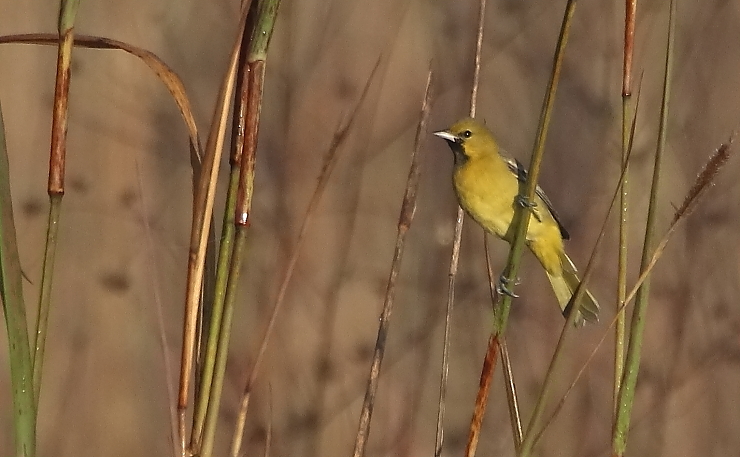
Recently, I wrote about my many and fortunate interactions with biologist friends in 2021. I mentioned taking an ornithologist friend to the nearby property of a botanist friend, in which he was able to see his first Grass Wrens. I also included a photo of a lovely male Summer Tanager seen on this October outing.
However, a brief review of this trip’s list reminded me that there was still more to write about it. Among the reasons:
- We saw 51 species…
- in less than three hours…
- on 1/20 of a square mile…
- on the edge of Morelia’s urban area!
I always appreciate the opportunity to see and compare multiple members of a single genus and family at the same time. And the orioles were certainly the belles of this particular ball. Not only that, but they all allowed photos.
The oriole parade began with a single immature male Orchard Oriole. I would have enjoyed seeing an adult male, as I love their unique chestnut coloring, but this immature male did give me some rather atmospheric images.
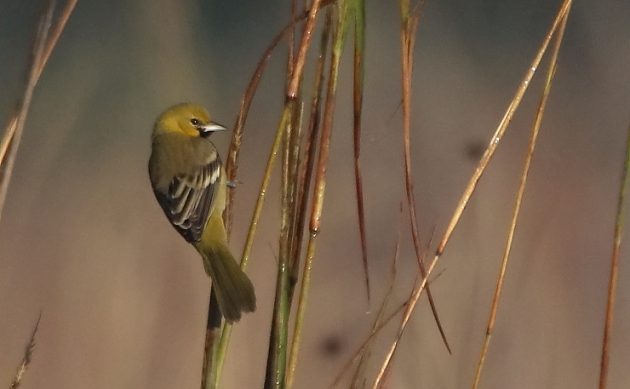
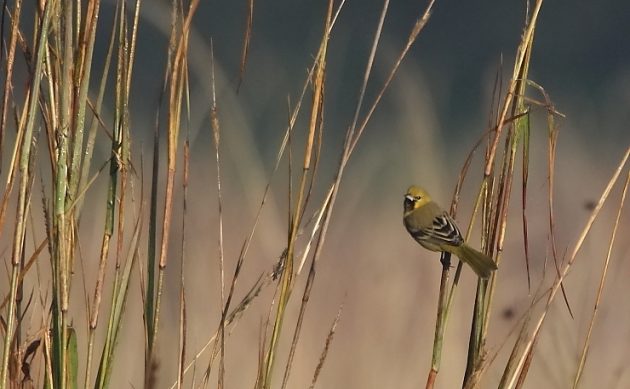
Next it was the turn of our resident, and semi-endemic, Black-vented Orioles. We saw four of these. Like many tropical orioles, they have no wing bars, and the males and females look almost identical. (I assume these were a couple.)
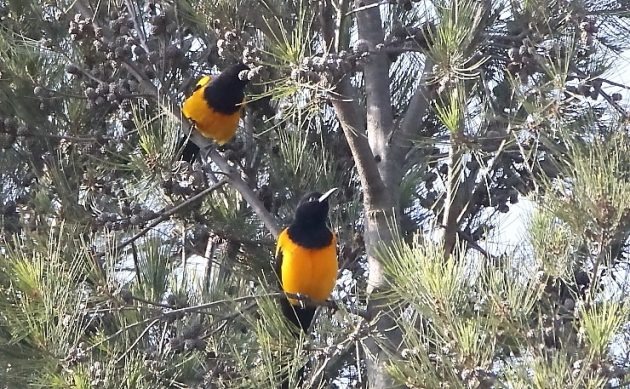
Migratory Bullock’s Orioles were particularly abundant, with seven individuals.
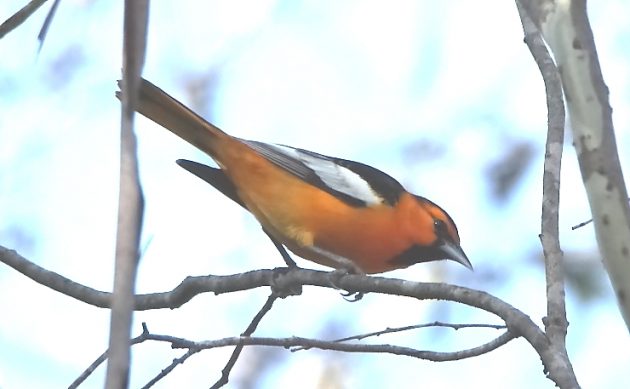
Our resident and fully endemic Black-backed Orioles could easily be confused with the above Bullock’s Orioles. But the male Bullock’s black cap and eye line expand into an almost complete black hood on the male Black-backed Oriole. Females of the two species are much more difficult to distinguish. We saw five of these.
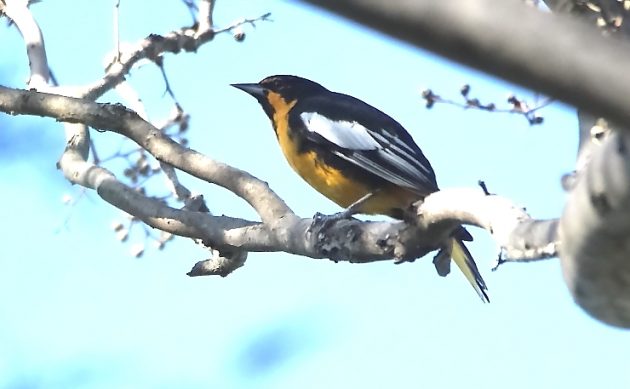
And finally, four migratory Hooded Orioles turned up to complete our cavalcade of orioles.
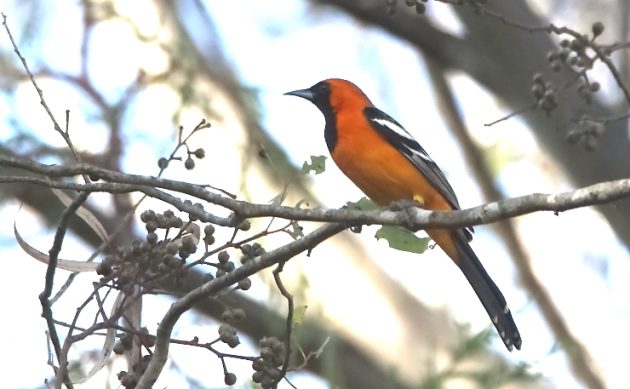
All of these add up to 21 orioles… in three hours… on 14 hectares (34.5 acres).
They’re not orioles, but the three Chihuahuan Meadowlarks we saw are in the same Icterid family. Until recently, these were considered Eastern Meadowlarks, and many of my Mexican biologist friends are not yet convinced by the split. But for geographical reasons, I am now required to register these as Chihuahuans. Either way, I enjoy seeing them… at least, that part of them which they allow me to see.
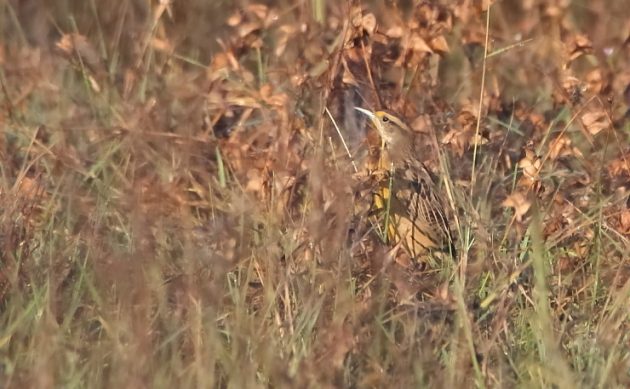
There was also a good number of other birds with coloring similar to my orioles. For example, yellow, orange, and black Western Tanagers were especially abundant (as well as two Summer Tanagers).
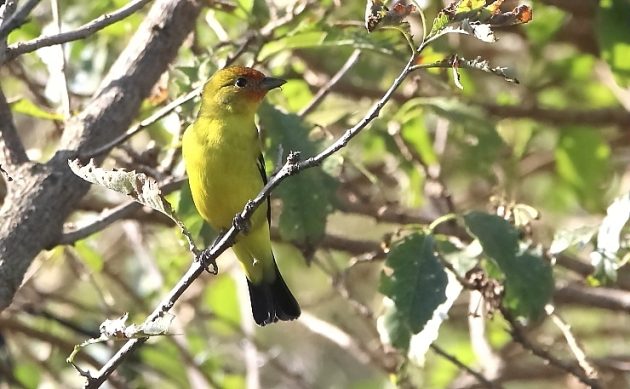
Males…
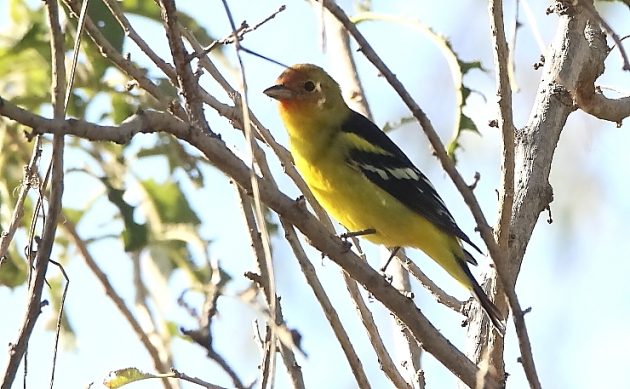
and a female
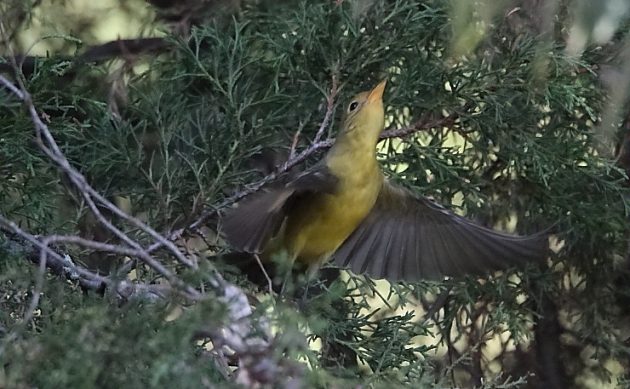
The Rufous-capped Warbler also shares a certain oriole-like color palate.
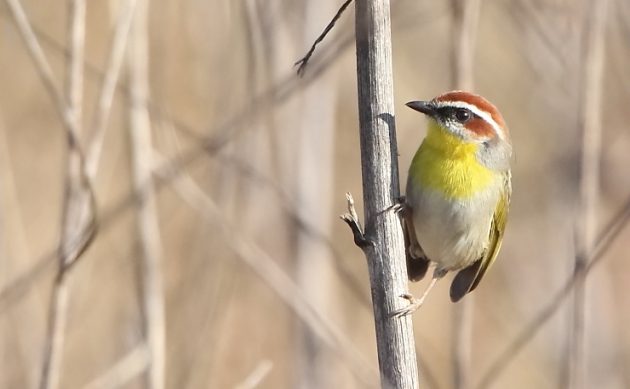
Eventually, we decided we had seen all we could see in such a small area, and headed off to the nearby town of Laurelito. There we saw these lovely flowers of the aptly-named orchid Laelia autumnalis. This flower has the rather morbid common name here of Flor de Muerto (Flower of the Dead), because it blooms around the dates of the Day of the Dead, and is often used to adorn altars to the dear departed.
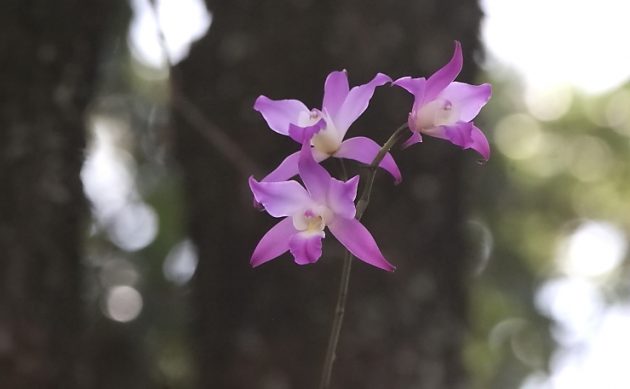











Leave a Comment